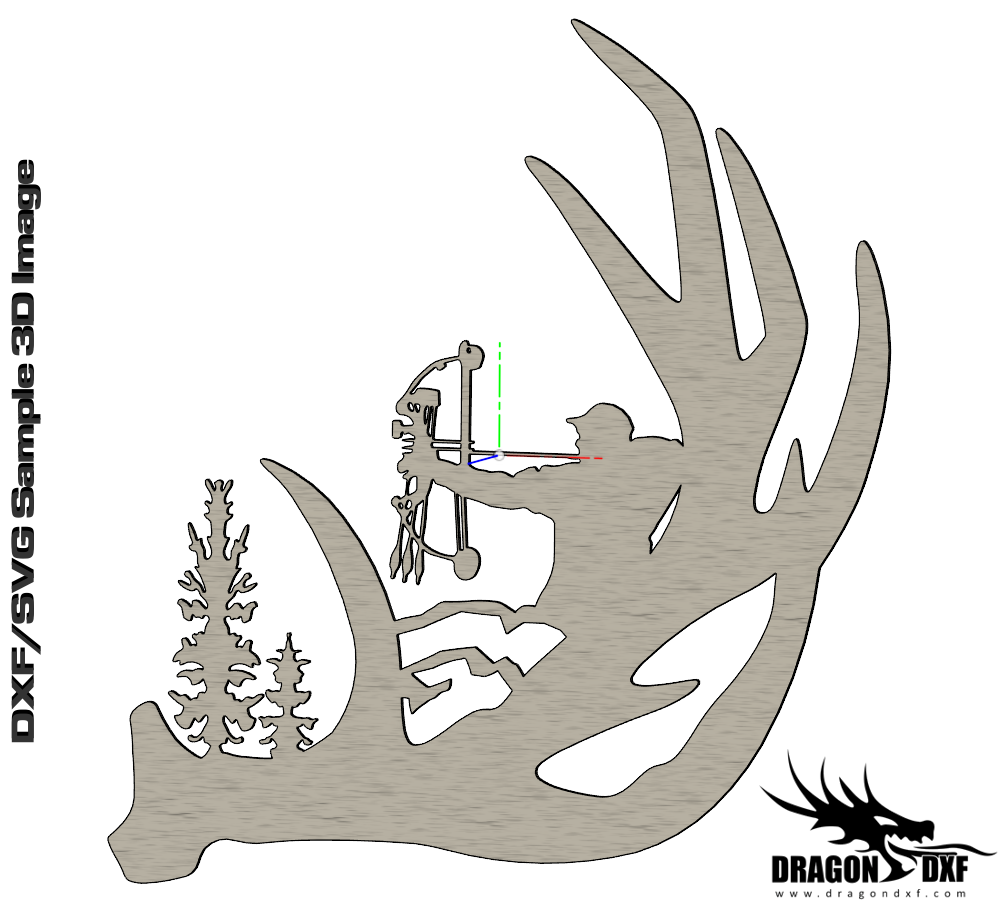Hello all,
New member here and new-ish to plasma cutting. I have a plasma table that has recently been experiencing Z Axis Issues. This table is about a year old. It doesn't get used everyday, maybe 6 hours a week. It cut fine until about a month ago. Then the tip began to touch the material during the pierces. Sometimes it would drag after a pierce and ruin my cut or material. My first thought was THC was having issues but THC seems consistent after a pierce. My suspicion is that it results from not properly zeroing the torch tip. The software zeroes the tip and defaults to raising it above the material 0.150". When the tip is zeroed, the readout says it's at 0.150" but in reality it's less, usually somewhere between 0.040"-0.100". I'm not sure how the tip zeroes out. I've read about a floating head switch but I'm not too familiar with what that is. Is this a pressure sensitive switch that could be going bad and causing these issues? I've tried contacting the manufacturer's tech support, but I keep getting the "all of our techs are currently on other calls...we will put you on the waiting list" and not hearing back so I'm not feeling too great about any help from the manufacturer. I'm beginning to get frustrated.
Thanks for any help.
Z Axis Issues
-
weldguy
- 4.5 Star Elite Contributing Member

- Posts: 2320
- Joined: Fri Apr 17, 2009 11:48 am
Re: Z Axis Issues
Floating heads require pressure to trip a limit switch in my experience. If the material is thin the material can flex or bow down with the weight of the torch pushing on it until the limit switch trips. Once the switch trips and the Z begins to reverse back to the .150" pierce height the material flexs or bows back essentially reducing your piercing height. With thinner materials I have to be attentive and hold the material down during the pierce in order to prevent the torch from being in contact with the material during the pierce. Have a look and see if this is whats happening to you.
- acourtjester
- 6 Star Elite Contributing Member

- Posts: 8489
- Joined: Sat Jun 02, 2012 6:04 pm
- Location: Pensacola, Fla
Re: Z Axis Issues
Another thing to check is the movement of the Z axis, you could have slippage in the drive assembly and this is why there is a difference between the readout and the actual position of the torch.
A floating head switch is designed to work with a torch that touches the metal surface and moves up and trips the switch, this tell the software and the software will zero out the Z position and then move up to the pierce height. With a floating head switch there is a slight correction for the actual switch motion (switch offset value from 0.020" to 0.050") this is also done in the software.
You did not give the manufacture of the table, this is important as not all use the same software.
A floating head switch is designed to work with a torch that touches the metal surface and moves up and trips the switch, this tell the software and the software will zero out the Z position and then move up to the pierce height. With a floating head switch there is a slight correction for the actual switch motion (switch offset value from 0.020" to 0.050") this is also done in the software.
You did not give the manufacture of the table, this is important as not all use the same software.
DIY 4X4 Plasma/Router Table
Hypertherm PM65 Machine Torch
Drag Knife and Scribe
Miller Mig welder
13" metal lathe
Small Mill
Everlast PowerTig 255 EXT
Hypertherm PM65 Machine Torch
Drag Knife and Scribe
Miller Mig welder
13" metal lathe
Small Mill
Everlast PowerTig 255 EXT
-
tcaudle
- 4 Star Elite Contributing Member

- Posts: 1606
- Joined: Tue Feb 28, 2012 6:47 pm
Re: Z Axis Issues
low piercing is from either the touch off sensor not working right, or a setting is wrong. A mechanical switch will have an "offset" that causes it to raise up the correct distance for the pierce. Finally you have to make sure its got the correct pierce height set in either the control software or the CAM (depending on what controller /software you have ) The IHS cycle includes a touch off to find the top of material with some form of sensor and then something to raise it up to pierce height. Its not unusual on thinner material if its a floating head and mechanical switch than the weight of the torch pushes the material down and it pops back up so the pierce height is wrong
 Download Design
Download Design
